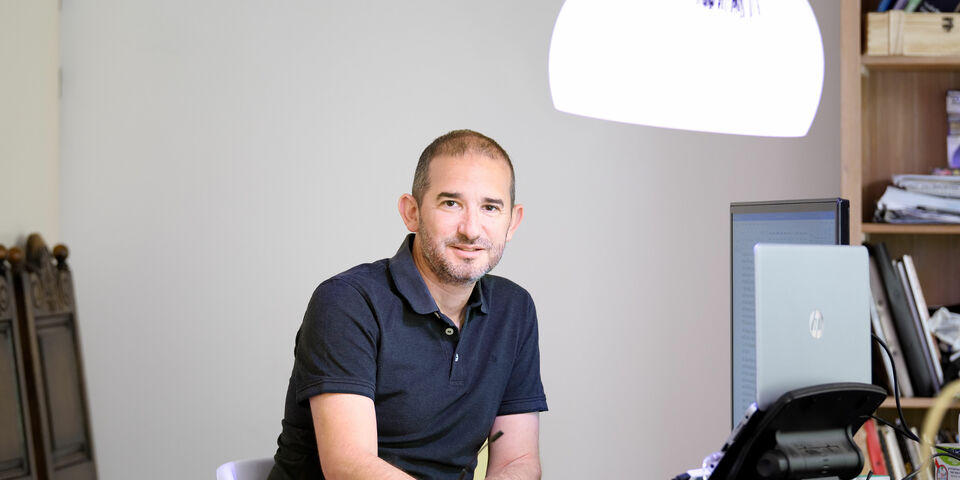Video killed the lecture room star
The concept of blended learning is one of the latest trends in academic education. The theory states, that combining online and offline modes of education, should make education more accessible and convenient. During the COVID-19 pandemic, universities around the globe have accelerated the creation of online content. Substantial amounts of video lectures have been placed online to offer learning continuity. But are the students better served by offering so much video content and are they using it to support blended learning?
A year after the TU/e has gone back to teaching as of old with the video content still widely available for students, many of them are opting to use the video content instead of attending the lecture room.
True blended learning asks for students to participate in both online and offline activities to improve their learning outcomes. The idea behind this is that students can consume high quality video content, in preparation for the offline lecture, and use the contact moments to get clarifications concerning complicated course topics. But in the post COVID-19 years, during which students were forced to study online, watching the videos has obtained a different function for many students. It is being considered as a replacement for the offline lectures.
The quality of video material derived from recordings of live lectures varies. It usually features the lecturer, standing in the lecture room with a split screen showing the power point slides. My video lectures are in that respect not any different. And honestly speaking, while I have been captured on video explaining all the relevant course content, these recordings do not make for exciting viewing.
In contrast, the internet is full of high-quality video content in engineering. Websites like 3blue1brown or Veritasium combine quality video production value and simple language to illustrate many concepts in short video formats. When compared to those, the videos I have provided for students on my course are a poor alternative. Therefore it is no wonder that students complain about the quality of the videos.
Moreover, watching videos alone does not result in true learning. Often students will run the videos at double the speed to save time or skip 'boring' mathematical derivations. When I introduced quizzes in the video - thanks to the splendid video editing SW included in our online system - the video would be stopped until the correct answer would be given. Students were not amused. This meant they had to listen to the lectures and understand them to watch further.
Another more successful use of videos I experimented with was giving in-depth video explanations of all instruction content. Those videos were heavily consumed and popular with students, but often watched without first trying to solve the problems on paper.
Finally, one of the strangest by-products of making the videos available, next to holding live sessions, is a complaint I have received repeatedly from students on the workload. How should a student follow a course if he needs to both watch all video material and then also participate in live lectures? With the ambition to provide for every student the option to choose a desired learning path and hence a plethora of content, we have also introduced FOMO which is adding to the pressure some students feel.
Is the solution to these problems to ban video lectures? Should we declare that as an on-site university students should come to campus to follow their lectures? I am not sure this is a winning strategy as once the video content ginny is out of the bottle it is be hard to put it back in. But the university does need to act.
Firstly, we should help our students understand the limitations of what home(university)-made video content can provide - little in fact. And if that does not convince them to close their laptops and head to the lecture rooms maybe we should properly invest in creating high production value video content or ask Steven Spielberg to direct for us: Indiana Jones and the integrals of infinity. I can imagine students tuning in for that.


Discussion